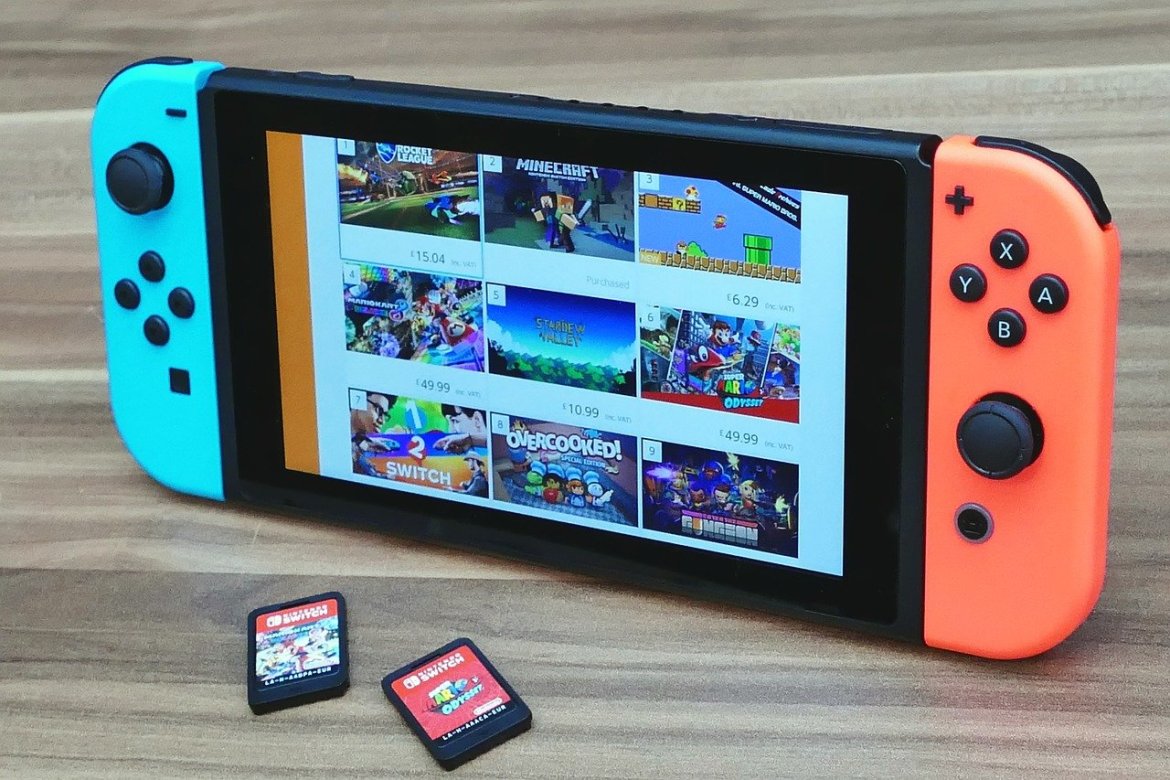Nintendo is reportedly in talks with a supplier for the production of its next generation console, the Switch successor.
According to a new story from Nikkei, Nintendo is in the process of discussing hardware with suppliers regarding the production of its Switch successor.

The article mainly focuses on the current market standing of the Nintendo Switch as well as its sales outlook. According to Nikkei, 20 million Nintendo Switch hardware units are expected to be sold in the year 2023, and that the successor is not expected until the second half of 2024. The story also states that the Nintendo Switch era will likely surpass the NES era as the longest console generation for Nintendo.
However, Nikkei states that the life of the Nintendo Switch will inevitably come to an end. When questioned regarding the next-generation console strategy at press conferences, President Shuntaro Furukawa responded by saying that Nintendo wants to provide entertainment that is different from its competitors. He also said that behind-the-scenes negotiations with suppliers regarding the production of its next console are now beginning.
Previously, it was rumored that Nvidia may be among the suppliers that Nintendo is in discussion with over its next console.Zenji Nishikawa, a well-known Japanese science and technology writer, had revealed that he’s been seeing some movement with regards to new hardware from Nintendo, possibly the Nintendo Switch successor, and that a “super VIP” individual belonging to a well-known semiconductor manufacturer, possibly Nvidia, will be visiting Japan.
Some time earlier, an Nvidia employee had confirmed the existence of the Tegra239 chip, which has been rumored since 2021 as the SoC being developed for the Nintendo Switch 2. According to the Nvidia employee, Nvidia has added support for the Tegra239 SoC, the likely SoC for Nintendo Switch 2, which has eight cores in a single cluster. In addition, the SoC manufacturer has moved num_clusters to soc data in order to avoid always over allocating memory for four clusters.
